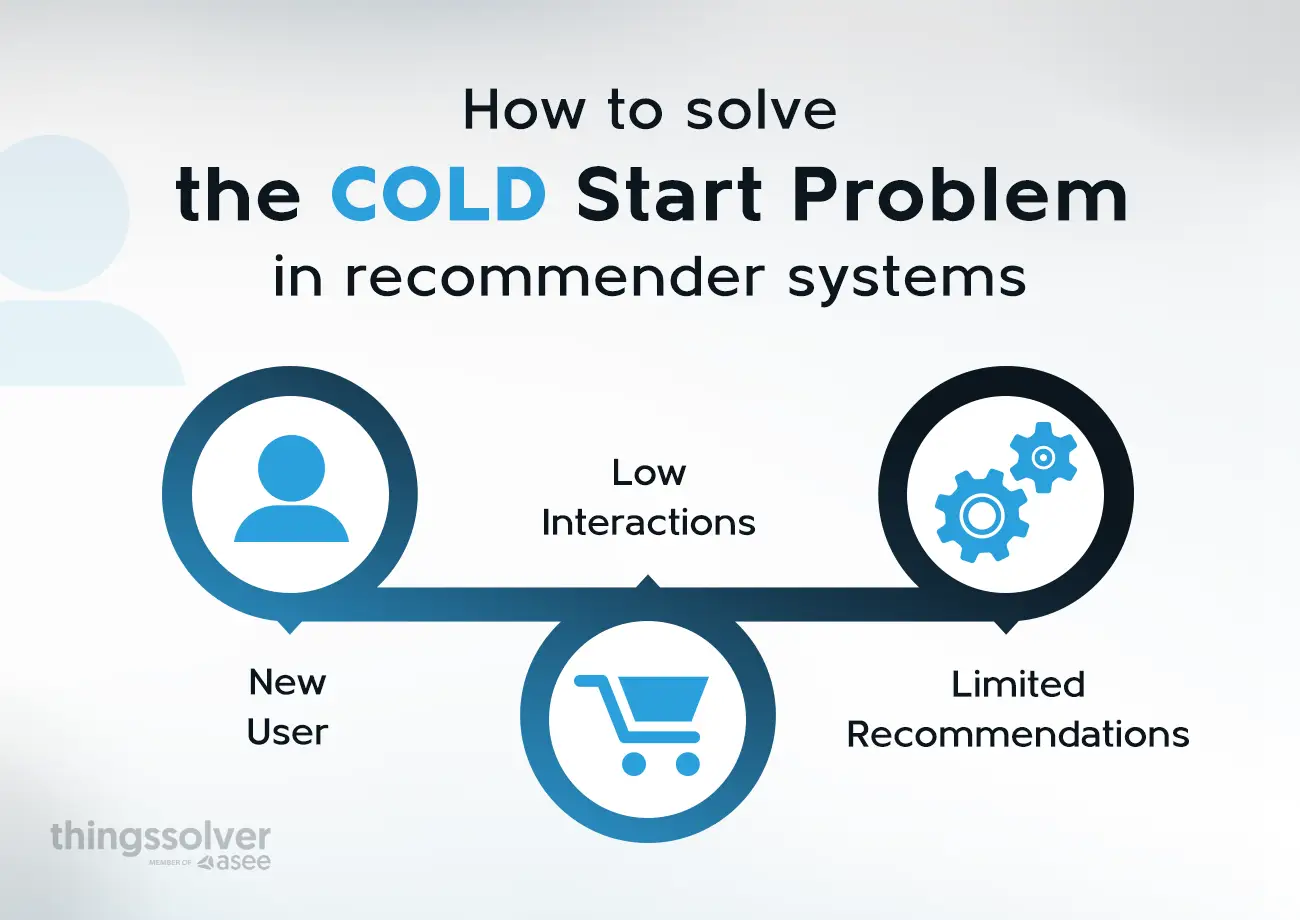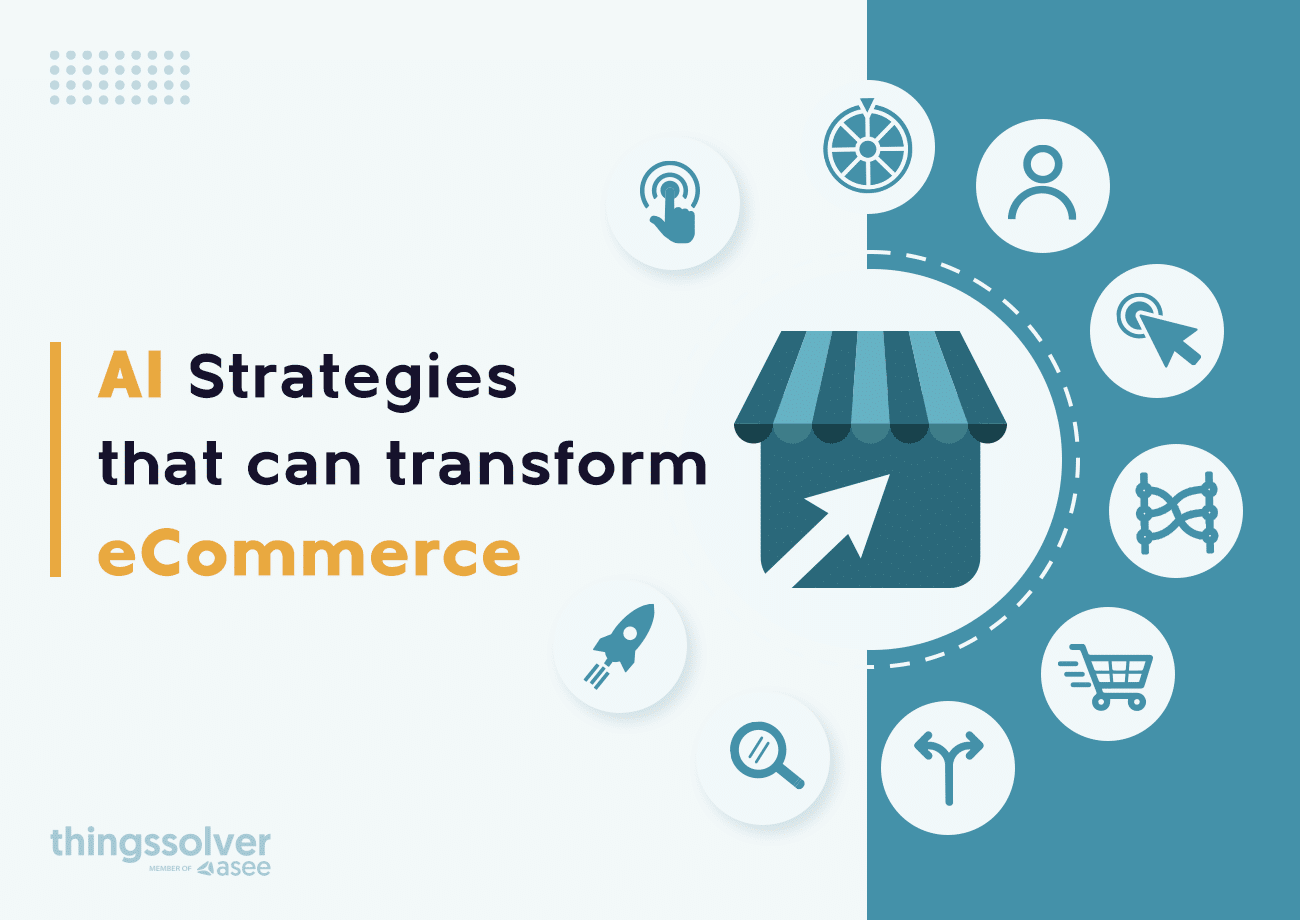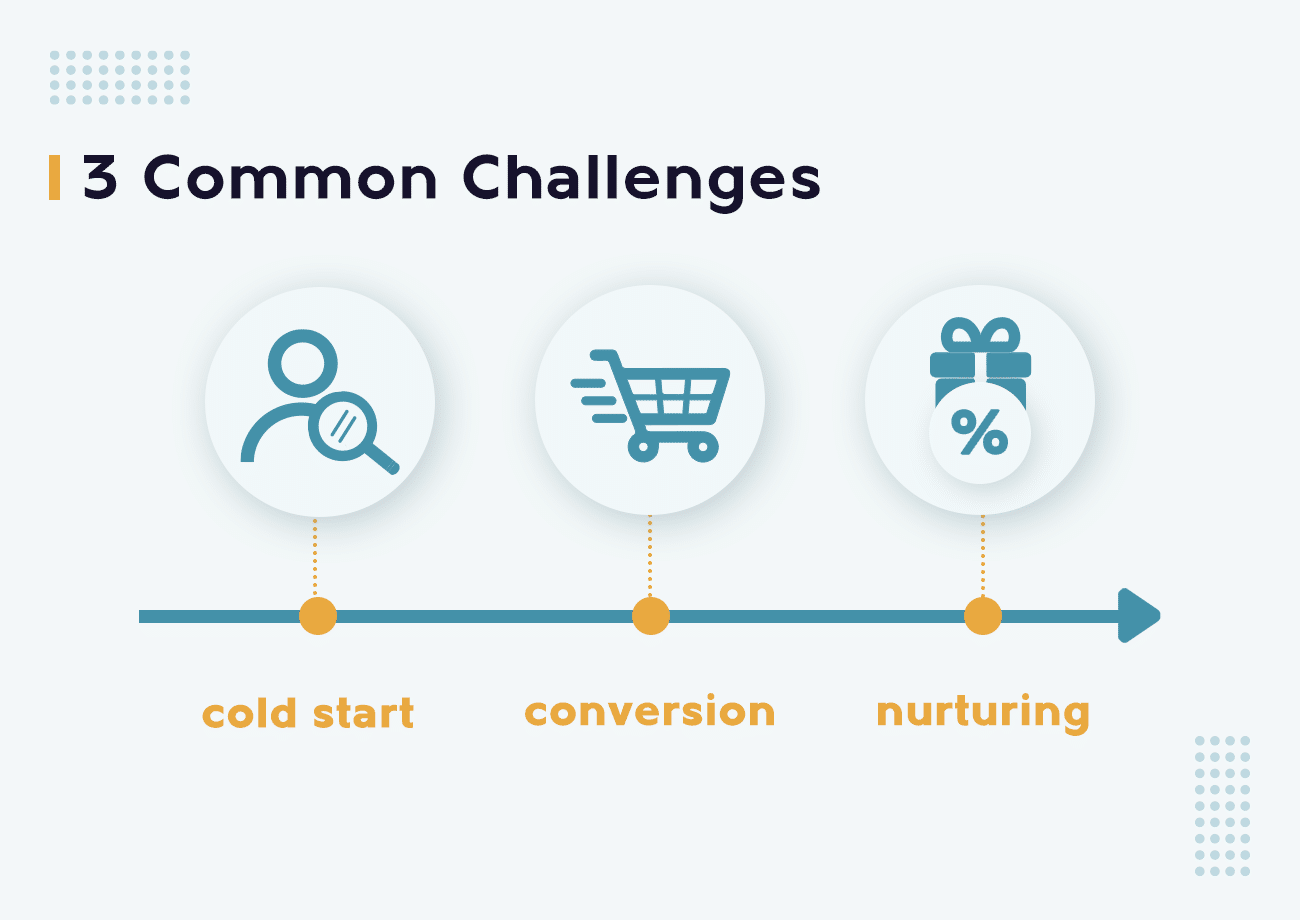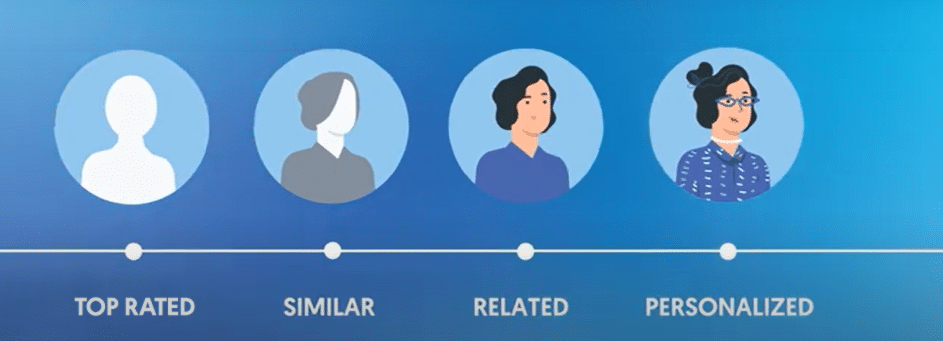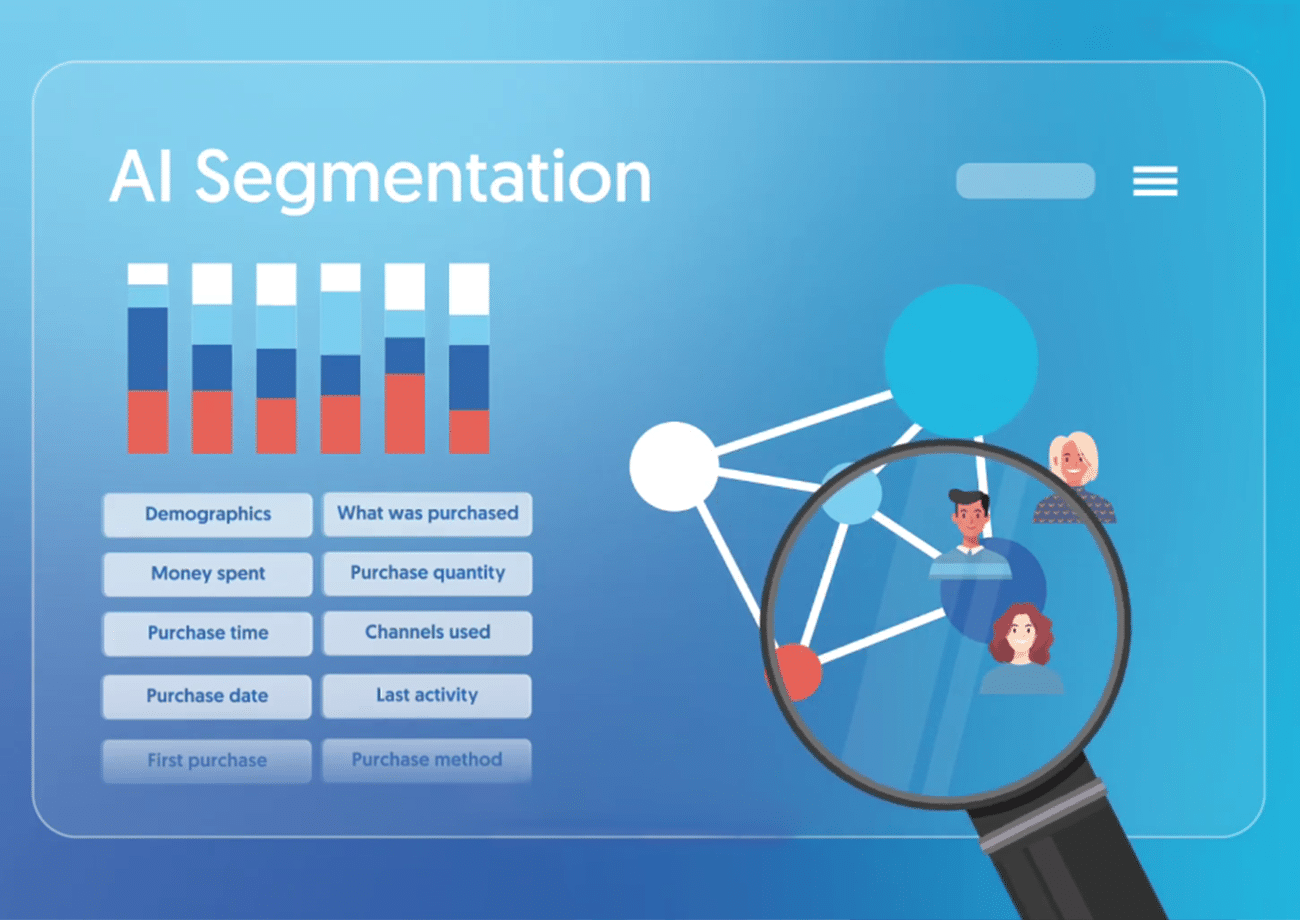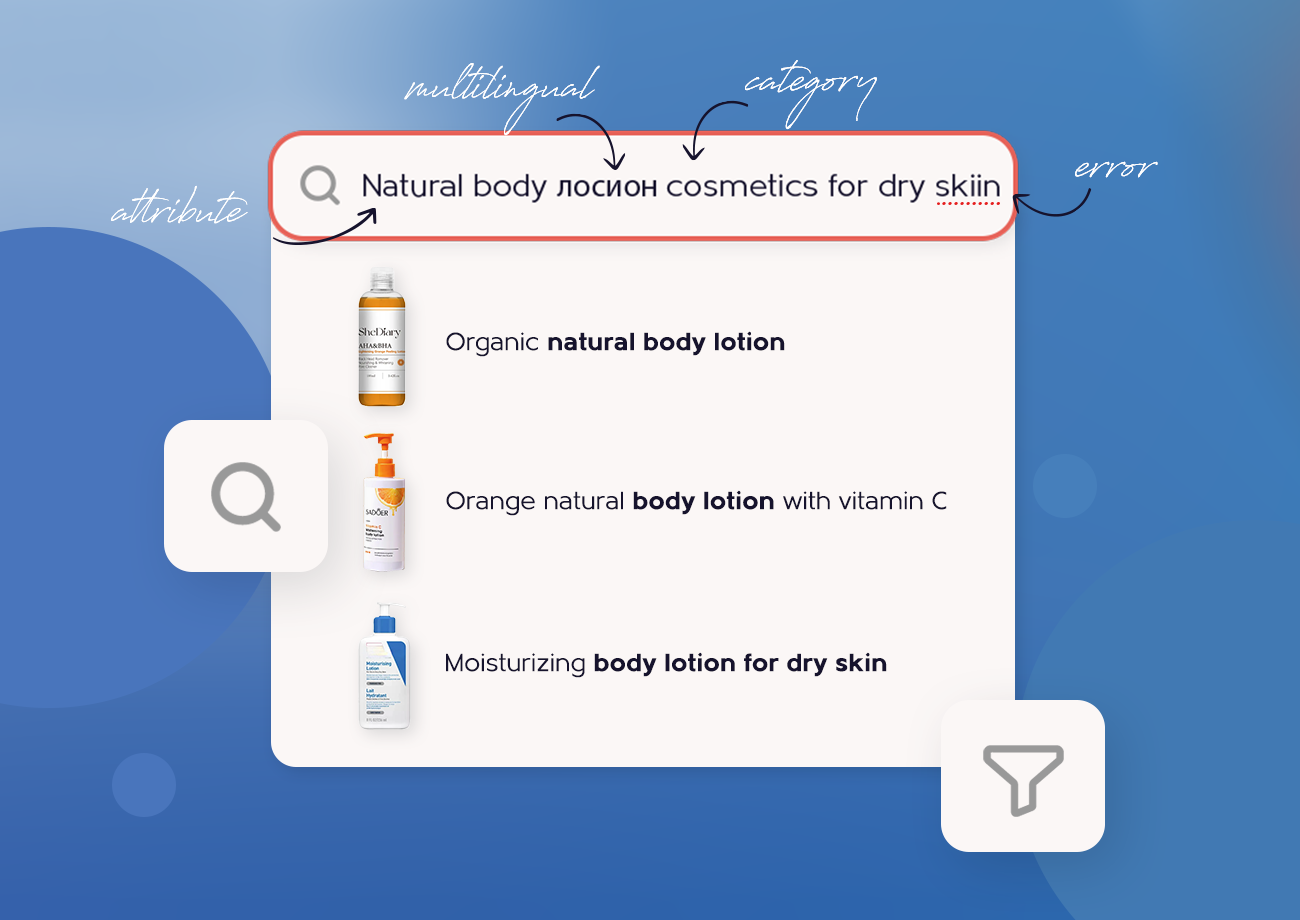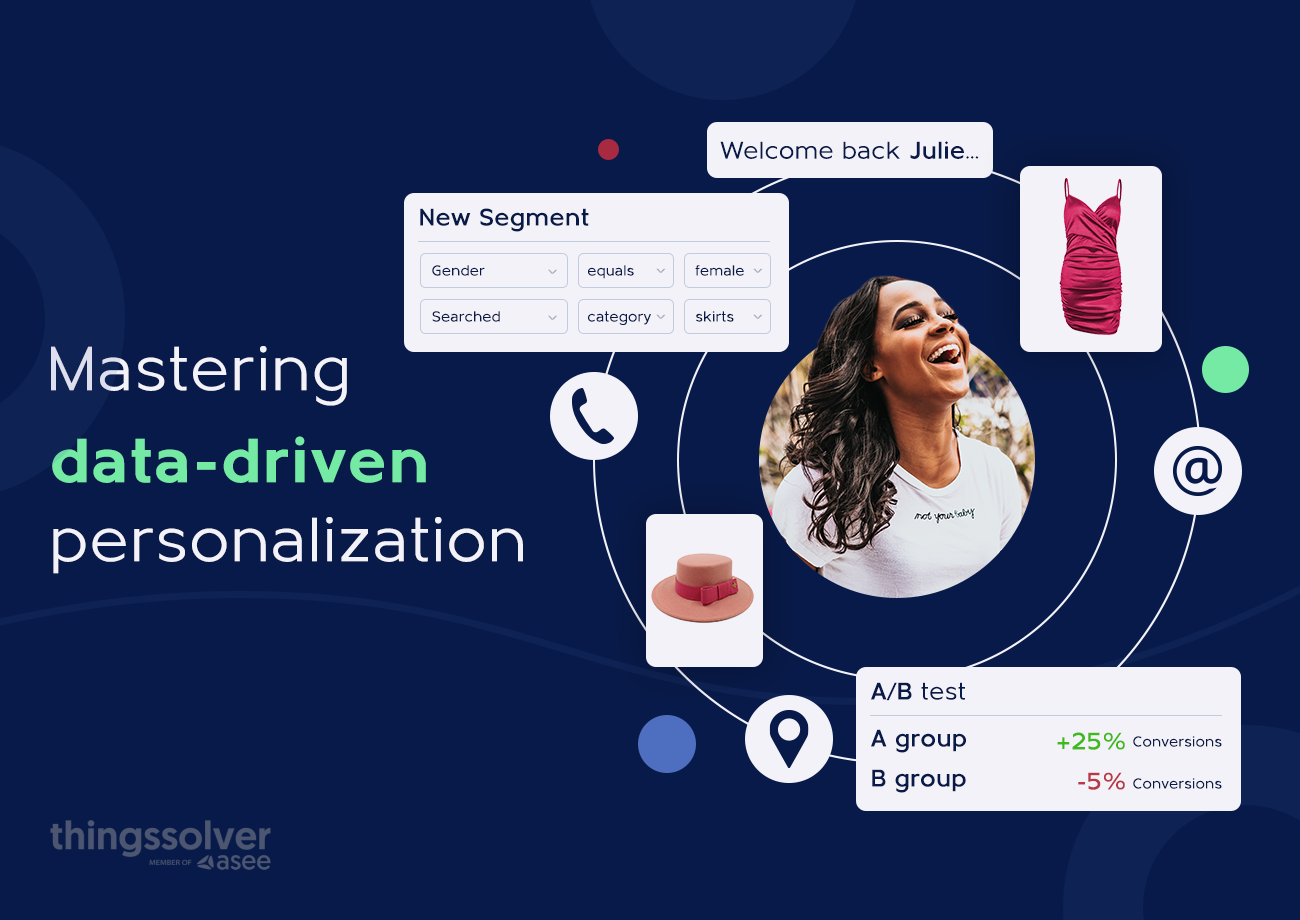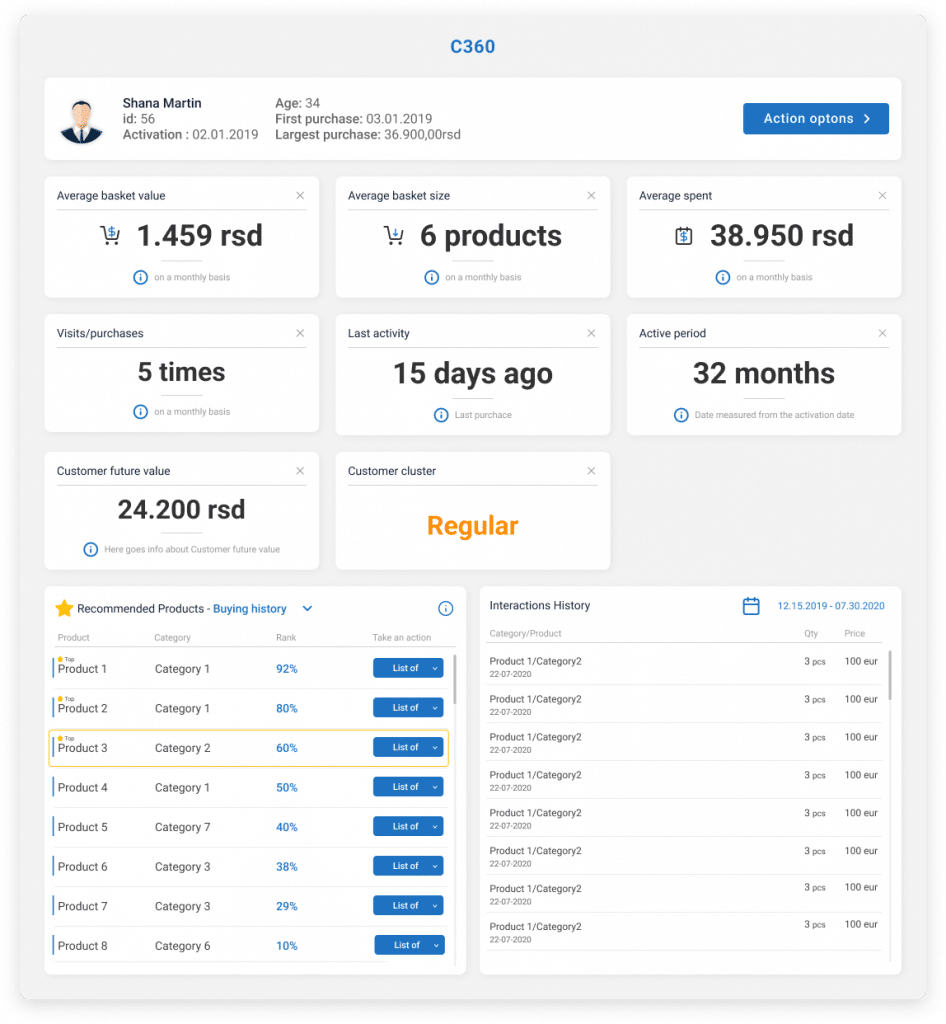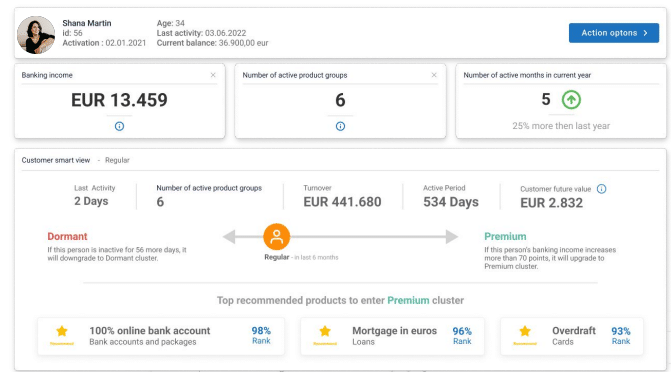The cold start problem poses a conundrum for recommender systems when they encounter new users with no historical data or brand-new items with minimal interactions.
Without a rich history of user behavior, how can these systems provide recommendations that truly captivate and engage?
Let’s see what stands behind this cold start problem and explore some helpful strategies that can help you address it effectively.
Understanding the cold start problem
The “cold start problem” is a common challenge that occurs in recommender systems. It refers to a situation where a system or algorithm runs into difficulties when it has little or no historical data about a user or an item. Obviously, this makes it challenging to provide relevant personalized recommendations.
In the context of recommender systems, there are two main types of cold start problems — user cold start and item cold start.
- User cold start: When a user first becomes part of a recommender system, the system has limited information about their preferences and behavior. This makes it difficult to provide personalized recommendations. In such cases, the system may rely on generic recommendations or ask the user to provide explicit feedback, such as ratings or preferences, to build a user profile.
- Item cold start: New items, such as products or content, may not have accumulated enough user interactions or ratings to generate accurate recommendations. As a result, the system may struggle to recommend these new items effectively to the users in the system. Sometimes, collaborative filtering methods that rely on user-item interactions may not work well for item cold start problems.
Why is it important to address the cold start problem?
Bearing in mind the complexity surrounding the cold start problem, addressing it is crucial in recommender systems. Some of the reasons include:
- Better user engagement,
- Improved user satisfaction,
- Maximizing revenue,
- Reducing churn,
- Discoverability,
- Data collection,
- Competitive advantage, and
- User onboarding.
Let’s explain each reason briefly.
Better user engagement
Most recommender systems aim to provide personalized and relevant recommendations to users. However, when a system can’t make accurate or relevant recommendations for new users or items, users may become frustrated or disengaged.
By adequately addressing the cold start problem, you can engage new users from the beginning and retain their interest.
Improved user satisfaction
It’s common knowledge that accurate recommendations enhance user satisfaction.
When users receive recommendations that match their interests and preferences, they are more likely to
- Use the platform,
- Spend more time on it, and
- Engage with its content or products.
If you constantly make sure they “have a great time” on your platform or website, you are also making sure they leave your website happy. Who doesn’t love a happy customer?
Maximizing revenue
In the context of e-commerce and content platforms, personalization can significantly impact sales and engagement. In support of this statement, McKinsey’s research revealed that personalization often results in a 10 to 15% increase in revenue.
If your goal is precisely to boost revenue, you should focus mostly on properly addressing the cold start problem. Make sure that the new items or products get the visibility they need and start seeing improvements.
Reducing churn
When a recommender system fails to engage new users effectively, it may result in churn and push customers to abandon your website.
Essentially, the higher the churn rate, the bigger the chances it affects your profits and impedes growth. So, reducing churn is paramount for your long-term success and growth, as retaining existing users is often more cost-effective than acquiring new ones.
Discoverability
Finding adequate cold start solutions helps your users discover new items or content.
In the context of retail and e-commerce, discoverability is important because it allows your customers to choose from a wide range of products instead of focusing only on a few.
When you choose to address the cold start problem, you’re allowing your products to be seen by a broader audience.
Data collection
The reason why the cold start represents a problem for you is because it makes you make decisions “in the dark”, without enough data.
In this case, the solution is easy — you focus on actively collecting user feedback and preferences. By collecting valuable data from your consumers, you can build better user profiles and improve recommendations over time.
Data collection is your ticket to better understanding your users and making sure you’re giving them what they need and want.
Competitive advantage
In today’s competitive landscape, companies and platforms that can effectively address the cold start problem and provide superior personalized recommendations have a competitive advantage.
Many studies indicate that users are more likely to choose and stay with platforms that offer better recommendations.
User onboarding
The whole point of successfully addressing the cold start problem is to make the onboarding process for your new users as seamless and engaging as possible. Especially if you rely heavily on user data and data-driven personalization.
Overall, addressing the cold start problem is crucial for both user satisfaction and the business success of recommender systems. Yet, some challenges are bound to occur along the way.
Let’s see what they can be.
Challenges associated with the cold start problem
The cold start problem in recommender systems is often associated with several challenges, both for new users and new items. Sometimes, addressing these challenges can be complex.
Here are some of the key challenges associated with the cold start problem:
- Lack of data: Absence of historical user-item interaction data for new users or items hinders meaningful recommendations.
- Data sparsity: Sparse or insufficient data leads to noisy or unreliable recommendations.
- Cold start for new users:
- No user history: New users lack interaction data, making it harder to guess their preferences.
- Limited feedback: New users may not provide explicit feedback immediately, making it hard to learn what they prefer.
- Cold start for new items:
- Lack of ratings: Few or no ratings or interactions challenge quality assessment.
- Limited feature data: Insufficient feature information hampers content-based recommendations.
- Diversity and serendipity: Limited information makes generating diverse recommendations challenging.
- Data imbalance: Balancing new and existing entities can lead to over-prioritization or under-prioritization.
- Inaccurate models: Some algorithms perform poorly with limited data, resulting in inaccurate recommendations.
- Scalability: Efficiently handling a growing number of new users and items is crucial.
- Privacy and ethical concerns: Collecting extensive data raises privacy and ethical issues, requiring a balance between personalization and user privacy.
To mitigate the cold start problem and address its challenges, you can rely on a few useful strategies. Let’s see which ones.
10 Strategies for addressing the cold start problem
Addressing the cold start problem in recommender systems requires a combination of strategies and techniques to provide valuable recommendations for new users and items.
Here are some strategies you can try to implement.
Content-based recommendations
To address the cold start problem, you have to think of both new users and new items.
For new users, you can try to recommend items based on their content features (e.g., descriptions, attributes, tags). Make sure to match the user’s profile with item characteristics to make relevant recommendations.
When it comes to new items, you should try to recommend them to users who have shown interest in similar items or content, based on content similarity.
Popularity-based recommendations
Popularity-based recommendations are your safe bet for introducing items to new users. You can use them to promote or recommend items to new users based on their overall popularity or recent trends.
Collaborative filtering techniques
Go with item-based collaborative filtering for new users. How?
Identify items that are similar to the interactions they’ve had with the few items they have engaged with.
Use user-based collaborative filtering for new items by identifying users with similar preferences and recommending items that those users have interacted with in the past.
Hybrid recommendations
Another great strategy for mitigating the cold start problem is to use hybrid recommenders.
For example, combining multiple recommendation techniques, such as collaborative filtering and content-based filtering can provide you with robust recommendations for various scenarios.
Demographic and contextual data
Use demographic information about users, such as age, gender, location, or preferences, to make initial recommendations for new users.
Incorporate contextual information, such as time of day, location, or device type, to tailor recommendations based on the user’s current context.
Active learning
Encourage new users to provide explicit feedback, including:
- Ratings,
- Likes, and
- Preferences.
Once you gather enough data and this type of feedback, use it wisely to build their user profiles and improve your recommendations over time.
Knowledge-based recommendations
Knowledge-based recommendations can be particularly useful in addressing the cold-start problem. They rely on item and user attributes, external data sources, and content analysis to make recommendations when historical interaction data is limited.
Knowledge-based recommendations can provide meaningful recommendations to both new items and new users.
If you have knowledge about the domain or domain-specific rules, use that knowledge to provide relevant recommendations for new users and items. For example, in a recipe recommender, you can use known ingredient preferences to suggest more recipes to new users.
Item metadata enrichment
By enhancing the available item metadata, recommendation systems can make more informed and relevant recommendations even when there is limited or no historical interaction data.
For new items, you can enrich their metadata or content features with additional information. This can help the system better understand the item’s characteristics and relevance.
Transfer learning
Another useful strategy for addressing the cold-start problem is to transfer knowledge from existing users or items to new ones. Techniques from transfer learning can help you make predictions for cold start scenarios by leveraging knowledge from the rest of the system.
A/B testing
Finally, A/B testing can help you evaluate the performance of different recommendation methods.
When you continuously test and iterate on different cold-start strategies to determine which ones work best in your case, you are more likely to find the one that suits your needs the best.
—
You must bear in mind that the effectiveness of these strategies may vary depending on the volume of users and items, and the available data.
In practice, you might need to combine a few of these strategies to effectively address the cold-start problem in your recommender system. Here’s a preview of what this might look like in different domains and industries.
Real-world examples of the cold start problem
Although you might not be aware of it, the cold-start problem is pervasive across various domains and industries. Here are some examples of how it occurs in
- E-commerce,
- Streaming service,
- Social media,
- Job or gig platforms, and
- Recommendations for IoT devices.
The continuous cold start problem in e-commerce recommender systems
When a new customer registers on an e-commerce platform, the system has no historical data about their preferences and shopping behavior.
The continuous cold start problem in e-commerce recommender systems refers to the challenge of providing personalized recommendations for new or less active users and items. This issue arises when there is insufficient historical data about these users or items to generate accurate recommendations.
For new users, the system lacks behavioral data such as purchase history, ratings, or browsing patterns, making it difficult to understand their preferences and interests. Similarly, for new items added to the platform, there might be limited or no interaction data available, making it challenging to recommend them effectively.
Addressing the continuous cold start problem involves employing various strategies. Addressing the continuous cold start problem is crucial in ensuring a positive user experience and encouraging user engagement, especially in dynamic e-commerce environments where new users and items continually emerge. Balancing accuracy, diversity, and exploration for new users and items remains a significant challenge in designing effective recommender systems.
Likewise, newly added products or items may lack user reviews and ratings, making it challenging to recommend them to other users effectively.
Tackling the cold start conundrum with new subscribers
When a new user subscribes to a streaming service, the system initially has no information about their viewing history and preferences.
Also, when new movies or TV shows are released, there may be limited viewer feedback and interaction data to base further recommendations on.
New users, new content: The cold start challenges in social media recommendation
Users who join a social media platform have no established connections or content interactions in the beginning, which makes providing personalized content recommendations difficult.
New content creators on platforms like Instagram or YouTube may face challenges in getting their content recommended to a wider audience.
Tackling cold start hurdles in job and gig platform pairings
When new job seekers join a job or gig platform, they usually have no previous job applications or interaction history, making it harder to match them with suitable job listings.
In the same way, new job postings or gig opportunities may not have received sufficient interactions, leading to challenges in matching them with potential candidates.
Addressing cold start obstacles in IoT devices
In the context of Internet of Things (IoT) devices, newly added devices may not have enough data for the system to recommend automation routines or settings effectively.
In each of these scenarios, the cold-start problem hinders the ability of recommender systems to provide personalized and relevant recommendations to new users or for new items or content.
It’s your job to be aware of these challenges and address them accordingly.
Final thoughts
The “cold-start problem” is a critical and widespread challenge that recommender systems face. It hinders their ability to provide personalized recommendations for new users and items.
However, it’s not mission impossible to address the cold-problem challenge, especially if you have proper support.
At Things Solver, we’re passionate about helping our clients overcome such challenges and provide more personalized recommendations to their customers.
Let’s work together and find the best way to tackle the cold-start problem. We can help make more informed decisions, even when there’s limited data to work with. Contact us today at ai@thingsolver.com and let’s come up with a solution that suits your needs and helps you engage with your customers more effectively.

